It's high time to say something about Oslo, because we have seen much more than just the parade. I've been expecting that during this time the city will be especially crowded, because of many tourists who came there for the national day, as we did. Well, on the one hand it was, but in fact - the great majority of people have spent this time in restaurants, pubs, parks or doing other activities, so many historical places were nicely empty. Agata and I are active tourists, so we have visited many places, as you can see below :)
(Yes, I know that I'm one of these crazy photographers who take dozens of pictures, but everything seemed so interesting to me!)
(Yes, I know that I'm one of these crazy photographers who take dozens of pictures, but everything seemed so interesting to me!)
The Oslo Opera House (Operahuset) is home of the Norwegian National Opera and Ballet, and the national opera theatre in Norway. It is the largest cultural building in Norway since Nidaros Cathedral was finished (ca. 1300). It is situated in Bjørvika at the head of the Oslofjord.
One can walk up to the roof and enjoy panoramic views of Oslo. :)
She Lies (hun ligger) is a public sculpture by Monica Bonvicini made of stainless steel and glass panels next to the Oslo Opera House. It is a permanent installation floating on the water in the fjord.
Interior
The waving wood wall
Oslo Opera House by night.
Akershus Fortress (Akershus Festning) and Akershus Castle is a medieval castle that was built to protect Oslo. Built in 1290s.
General Glads gård
Cannons
Akershus Castle
Our Saviour's Cemetery (Vår Frelsers gravlund) is located in Gamle Aker district. It was created in 1808 as a result of the great famine and cholera epidemic of the Napoleonic Wars. Æreslunden (the honorary cemetery) was establised in 1904. The cemetery has been full since 1952.
Henrik Wergeland's grave. (He was a Norwegian writer, poet, linguist and historian).
On Norwegian Constitution Day he receives an annual wreath of flowers from students at the University of Oslo.
Henrik Ibsen's grave - he was a major 19th-century Norwegian playwright.
Edvard Munch - a Norwegian painter. One of his most well-known works is The Scream (1893).
University Square (Universitetsplassen) - the square borders Karl Johans Gate and is surrounded by three buildings of the Faculty of Law, University of Oslo.
Central campus of the university, where today only the Faculty of Law is located.
The Nobel Peace Prize was awared in this building until 1989.
The Royal Palace & The Palace Square (Det kongelige slott & Slottplassen) was built in the first half of the 19th century as the Norwegian residence of King Charles III.
Equestrian statue of King Charles III
Guardsman on sentry duty at the Royal Palace.
(HMKG - Hans Majestet Kongens Garde - His Majesty The King's Guard)
Oslo City Hall (Oslo rådhus) houses the city council, city administration, and art studios and galleries. The area was completely renovated and rebuilt to make room for the new city hall, in the late 1920s. The construction started in 1931, and was paused by the outbreak of the World War II. The building was completed in 1950. On December 10 (anniversary of Nobel's death) each year, Oslo City Hall hosts the Nobel Peace Prize ceremony. In June 2005 it was was named Oslo's "Structure of the Century".
View from the Sea Front
The City Hall Square (Rådhusplassen)
Classic sculptures and decorations that contrast with modernistic building.
Oslofjord
There were that many pictures and places, that I decided to divide them into two posts. To be continued...






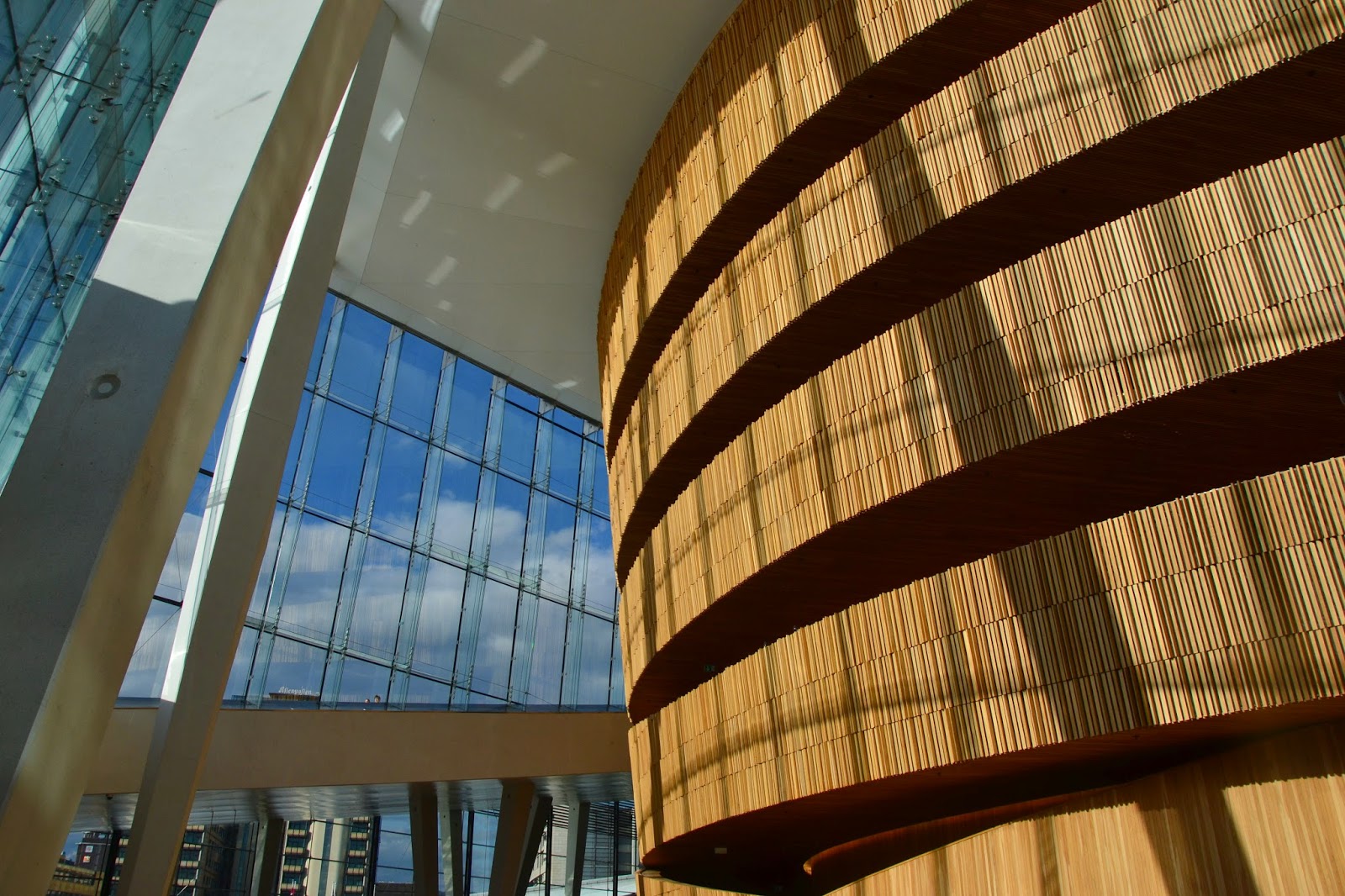








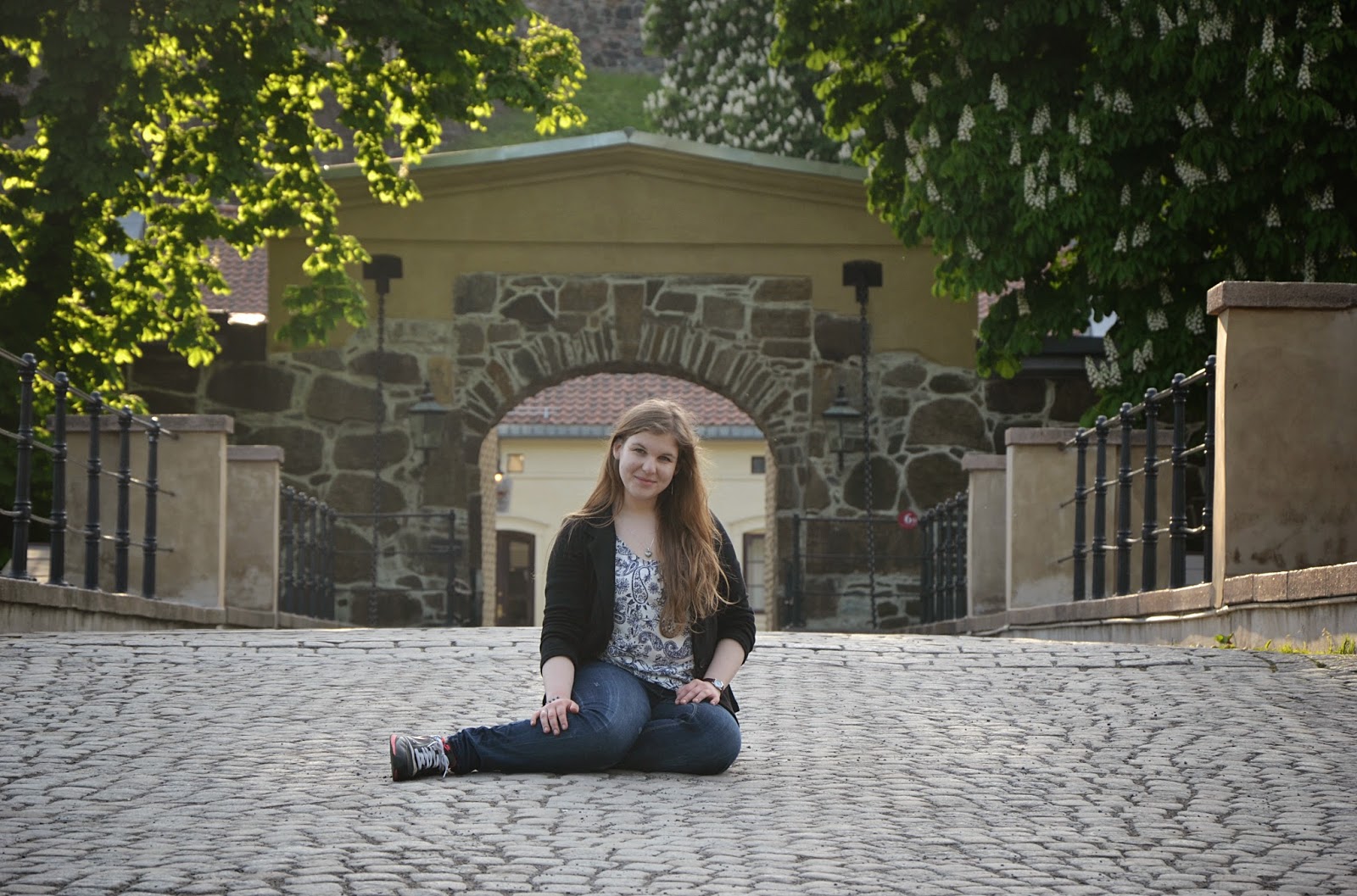



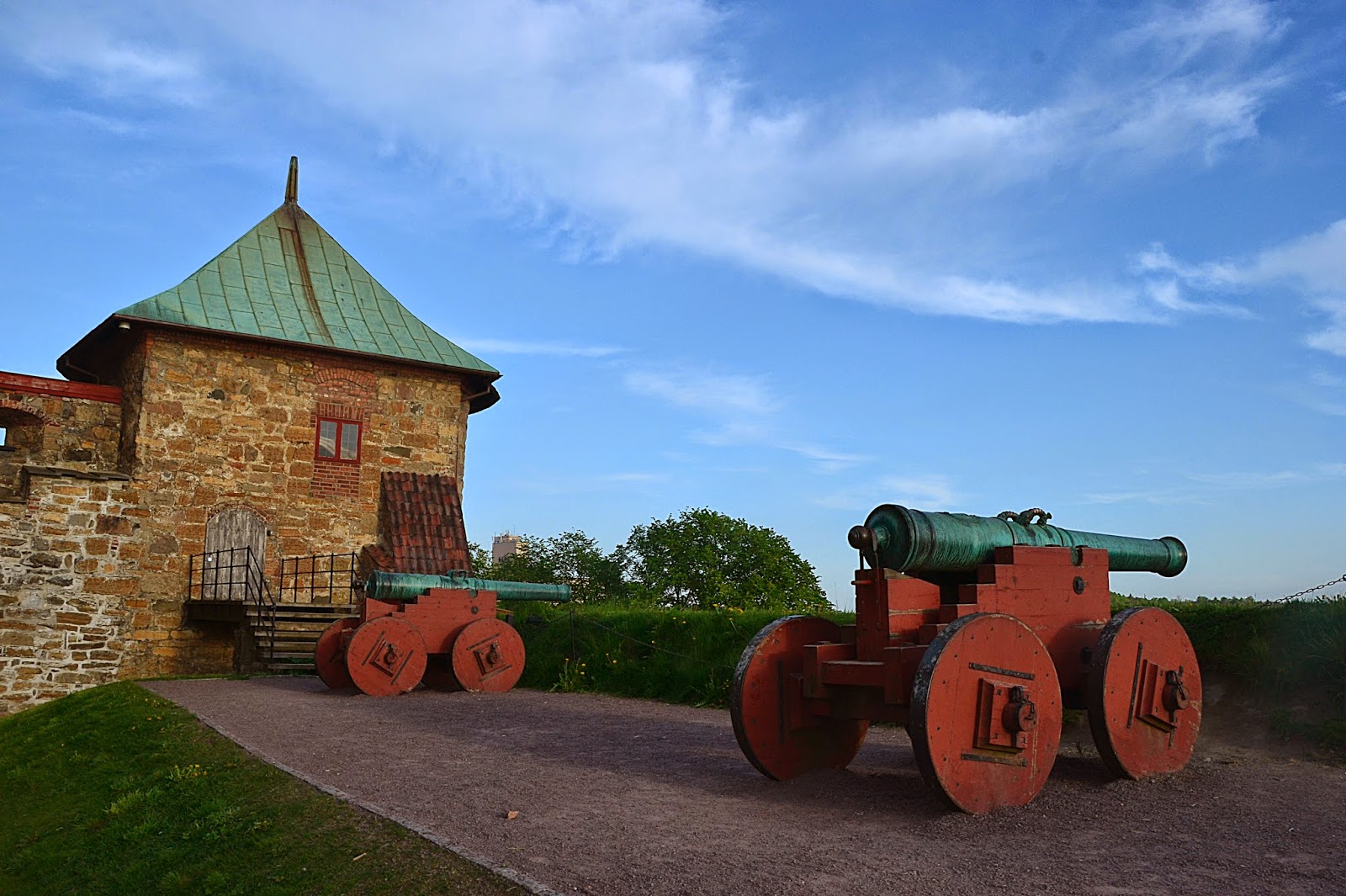























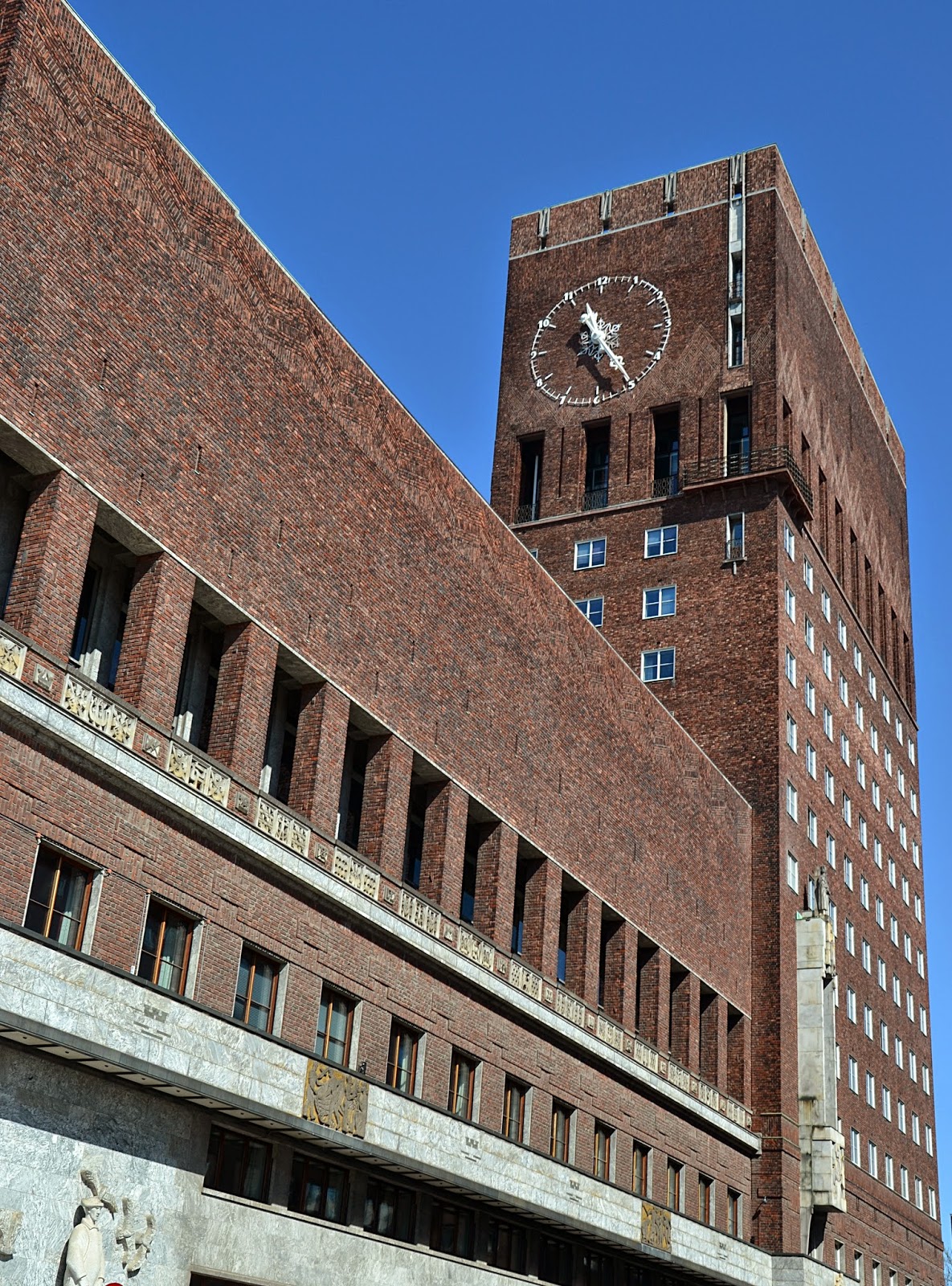


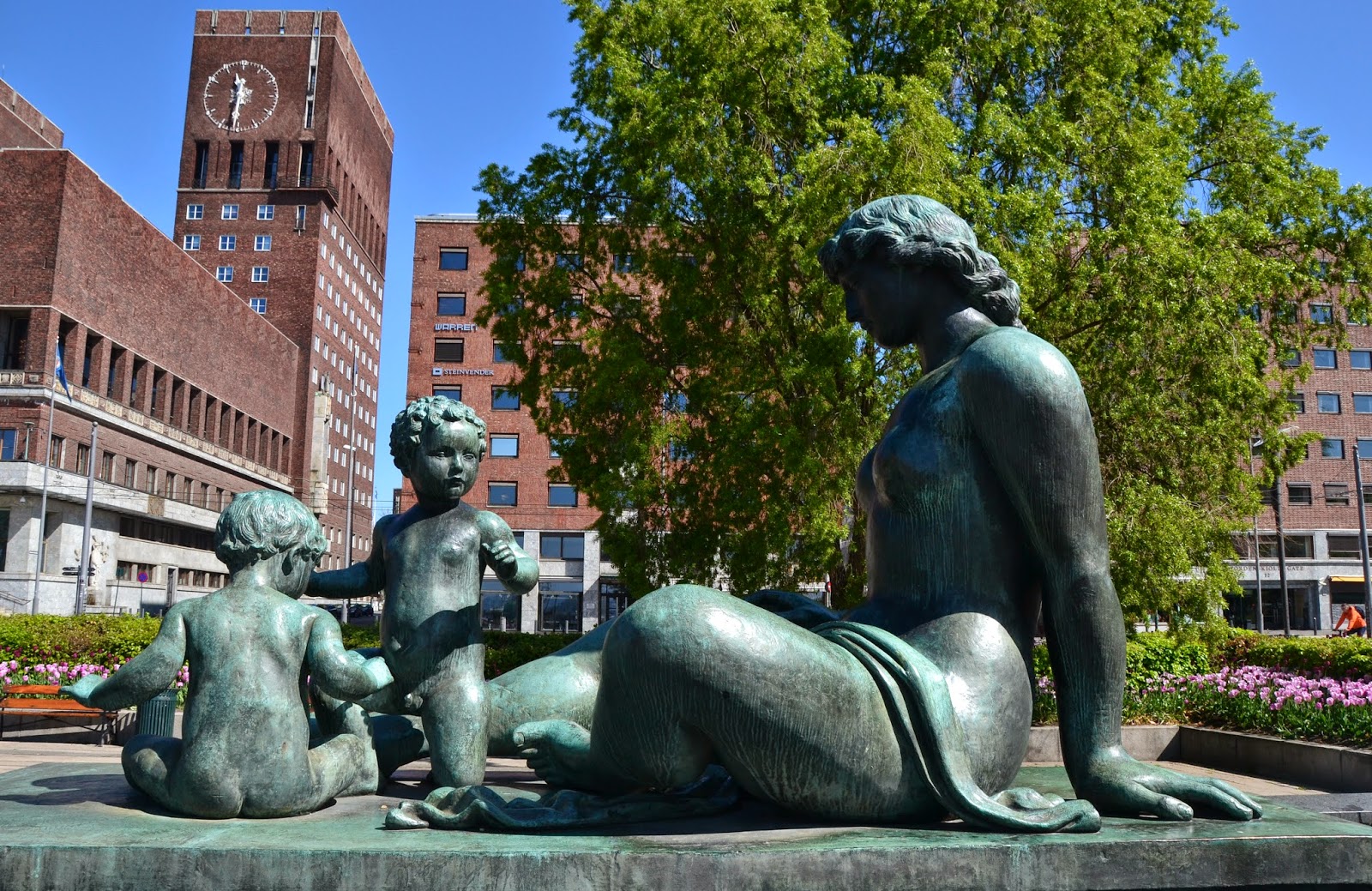

.JPG)
.JPG)
No comments:
Post a Comment